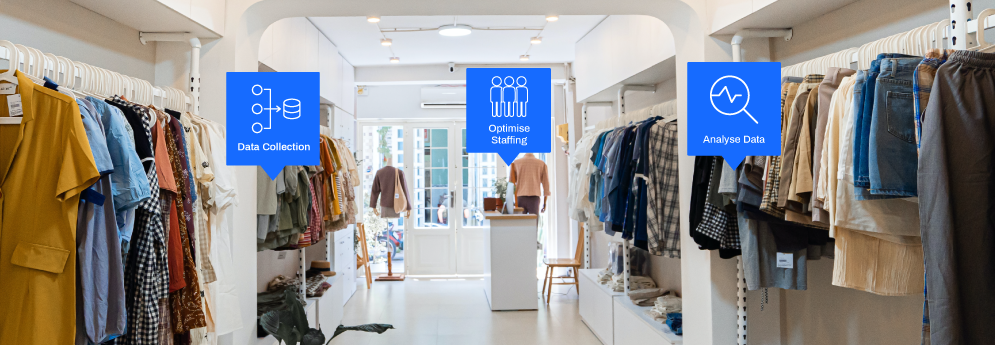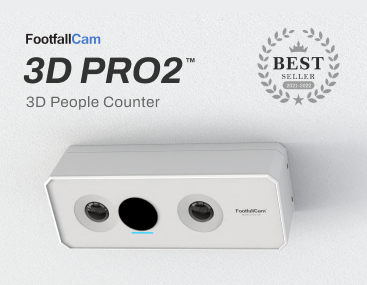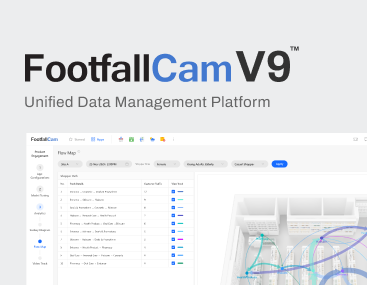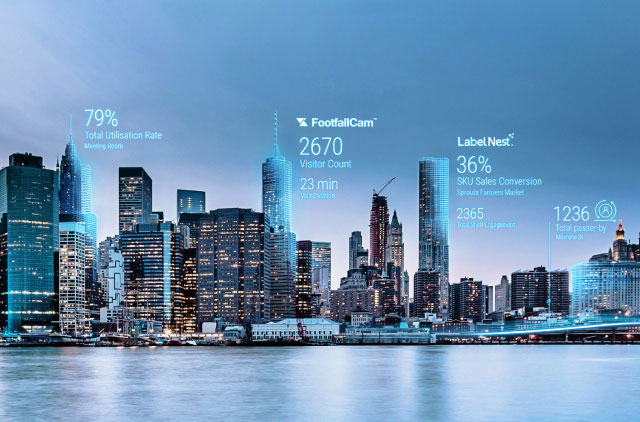Utilise the insights gained to optimise staffing, improve store layout and merchandising, evaluate marketing initiatives, enhance the customer experience, and monitor and adapt strategies.

Implementing a people counting system in your independent retail store can provide valuable insights into customer behaviour, optimise store operations, and enhance overall business performance. Here’s a step-by-step approach to utilising a people counting system effectively:
Determine Objectives: Identify your specific objectives for implementing a people counting system. Common goals include improving customer service, optimising staff scheduling, measuring conversion rates, evaluating marketing effectiveness, and identifying peak traffic periods.
Select the Right System: Research and choose a people counting system that aligns with your needs and budget. Consider factors such as accuracy, installation requirements, scalability, data analysis capabilities, and integration options with other business systems (e.g., POS systems, CRM, etc.).
Plan Installation: Determine the optimal locations for installing the people counting sensors or cameras. Place them strategically to cover the entry and exit points of your store. Ensure the sensors are properly installed and calibrated for accurate counting.
Data Collection: Collect data over a significant period to obtain reliable and representative insights. The duration depends on the specific characteristics of your business, such as foot traffic patterns and seasonal variations.
Analyse and Interpret Data: Utilise the data collected by the people counting system to gain meaningful insights. Analyse trends, patterns, and metrics such as foot traffic volume, peak hours, dwell times, conversion rates, and customer flow patterns.
Optimise Staffing: Use the insights gained from the people counting system to optimise your staffing levels. Identify peak traffic periods and align your staffing schedules accordingly to ensure sufficient staff coverage during busy periods and cost-effective staffing during quieter times.
Improve Store Layout and Merchandising: Analyse customer flow patterns and use the data to optimise your store layout and merchandising strategy. Ensure popular products are strategically placed, and consider adjustments to high-traffic areas to maximise exposure.
Evaluate Marketing Initiatives: Track the impact of marketing campaigns or promotions by analysing foot traffic before, during, and after the campaigns. Assess the effectiveness of different marketing channels and adjust your strategies based on the insights gained.
Enhance Customer Experience: Leverage the data to improve the overall customer experience. Identify potential bottlenecks or areas of congestion and take actions to alleviate them. Optimise store operations to reduce waiting times and enhance customer satisfaction.
Monitor and Adapt: Continuously monitor the data provided by the people counting system and make necessary adjustments to your strategies and operations. Regularly review the insights gained and refine your approaches based on changing customer behaviors or market conditions.
Implementing a people counting system for your independent retail store can be a valuable investment, providing actionable data and insights to optimise your operations, enhance customer experiences, and drive business growth.













